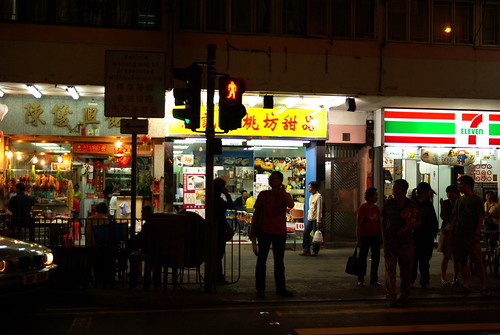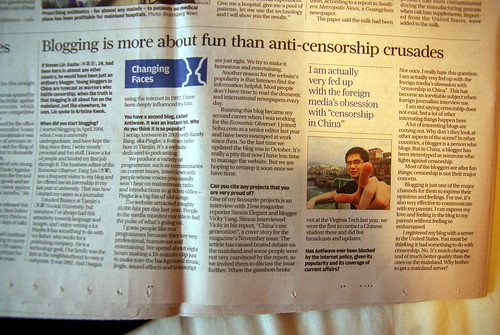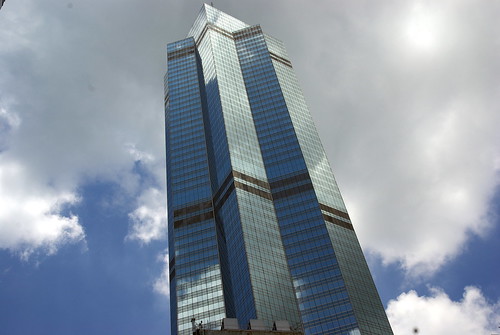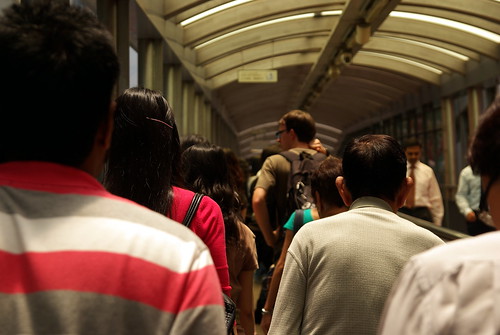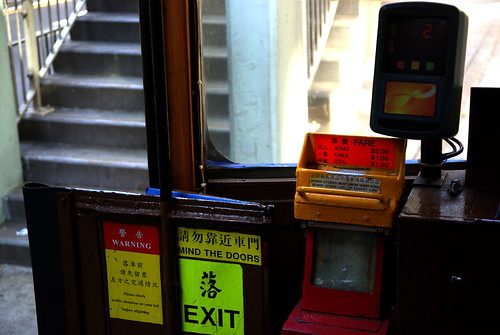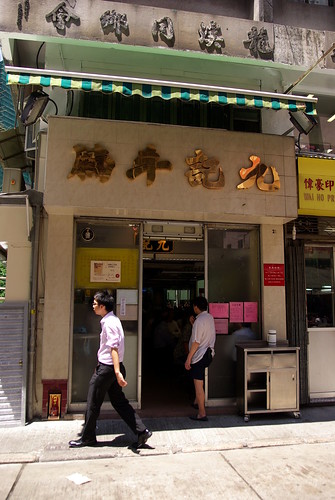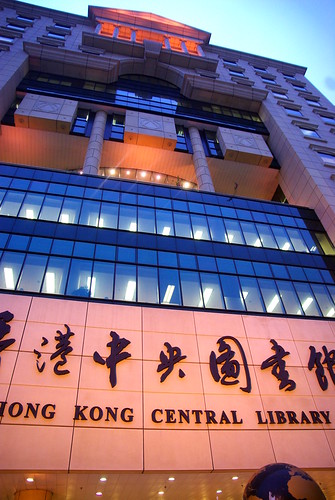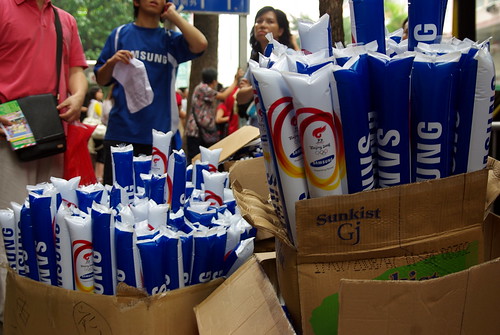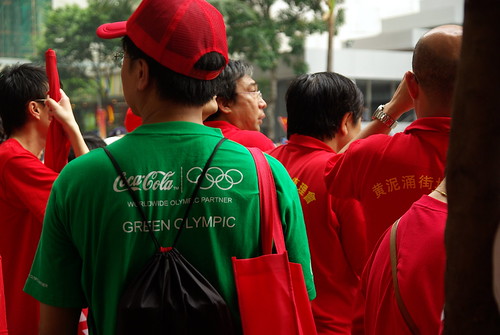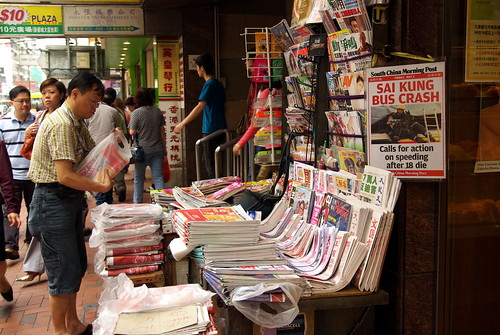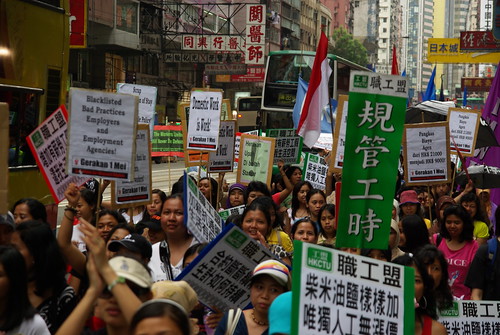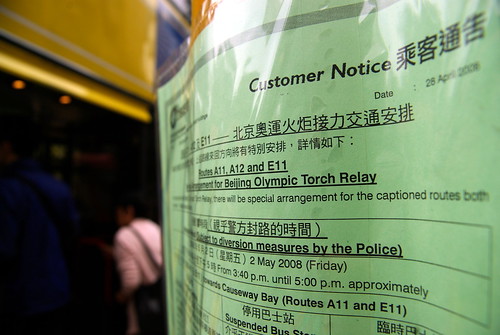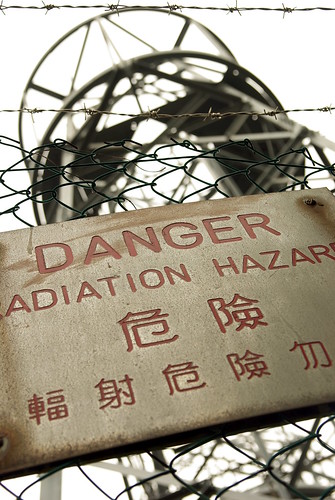On the evening of April 11, 2008 (see part 1), I was supposed to find Cattle Depot Artists’ Village, but instead missed my stop and landed on the other side of the old Kai Tak airport, close to Choi Hung MTR station. (see map)
Undeterred by the prospect of adventure (there may have been simpler means to find my way back) I eventually walked, mapless, into Wong Tai Sin, through Kowloon City (and the former walled city too), and a circle around To Kwa Wan / Ma Tau Kok. Two hours and a half later, these are the best pictures that I took.
It’s a different environment from what I am used to on Hong Kong Island and its commercial buildings. Instead, I saw buildings associated with the old Kai Tak airport, endless rows of garages (and mod shops), outdoor restaurants, and affordable public houses.
***
Le soir du 11 avril 2008 (voir 1ère partie), je devais me rendre au Cattle Depot Artists’ Village, mais j’ai manqué mon arrêt et ai descendu de l’autre côté de l’ancien aéroport Kai Tak, près de la station de MTR Choi Hung. (voir carte)
Au lieu de m’en faire (il y a des moyens plus facile pour se retrouver), j’ai décidé de partir à l’aventure et de retourner à la destination voulue à pied. Je me suis éventuellement guidé, sans carte, vers Wong Tai Sin, ai passé à travers Kowloon City (incluant l’ancienne ville fortifiée) pour finalement faire une boucle sur To Kwa Wan / Ma Tau Kok. Deux heures et demie plus tard, ce sont ici les meilleures photos que j’ai prises.
C’est un paysage urbain différent de celui dont je suis habitué du côté de l’île de Hong Kong et ses immeubles commerciaux. Au lieu de cela, j’ai vu des bâtiments associés à l’ancien aéroport, des rangées de garages (et mod shops) à n’en plus finir, des restos extérieurs, et des logements publiques à prix abordable.

